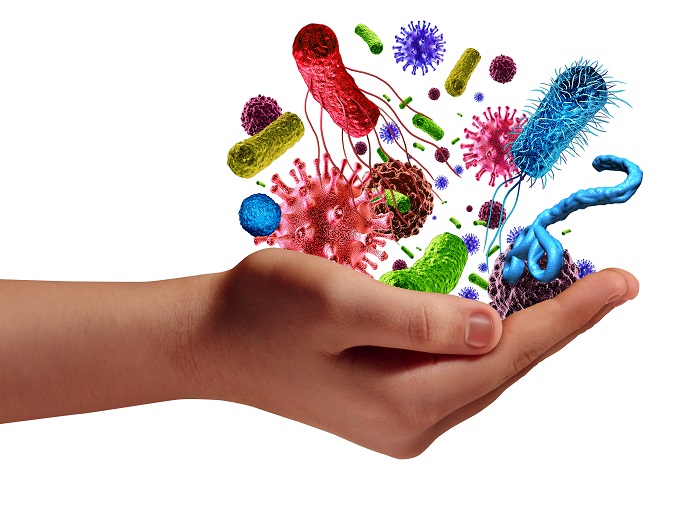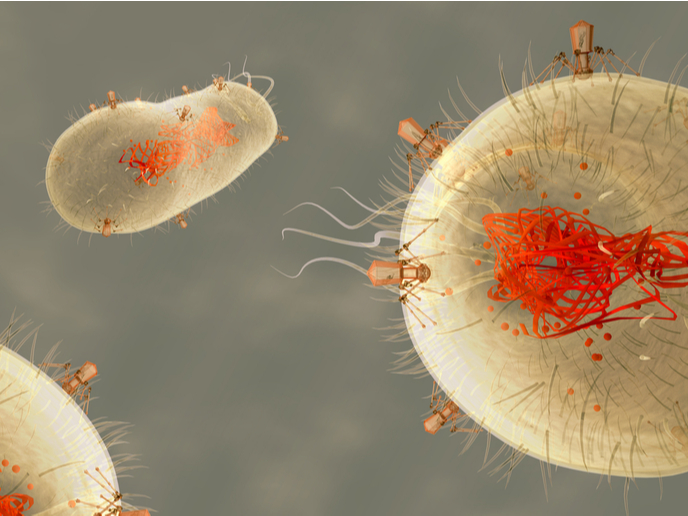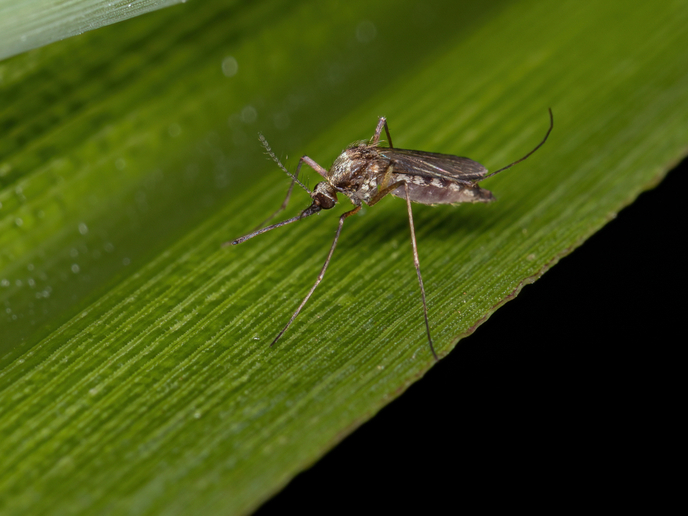Systems biology of evolution
The next generation of biologists will have to integrate developmental biology, bioinformatics, functional genomics and evolutionary biology. This requires a new combination of interdisciplinary training. The 'Evolution of gene regulatory networks in animal development' (EVONET) project established a training network to apply systems biology approaches to the understanding of the evolution of GRNs. A major goal of the training was to integrate information on GRNs from diverse animal systems representing all major animal lineages, with particular emphasis on the mesoderm specification network and the head regionalisation network. The EU-funded training network of eight European groups provided researchers with the skills necessary to apply state-of-the-art systems biology, genomics and bioinformatics tools to emerging model organisms. Scientists aimed at generating comprehensive and robust data on the GRN in each of the diverse animal organisms, including vertebrates, sea urchins, sea anemones, fruit flies, polychaete worms, centipedes, urochordates and flatworms. The ultimate goal was to make comparisons between organisms spanning the whole animal kingdom in order to identify conserved and divergent nodes and components in the GRNs of shared developmental regulators. Studies on a genome-wide level found that the transcription factor Brachyury targets a large set of conserved genes in the sea anemone and the frog separated by 600 million years. In the head regionalisation part of the project, new genes from the centipede were isolated and studied for their expression pattern during development. The comparative gene expression analysis showed a pattern that is conserved between the centipede and Drosophila, arguing for an ancient origin of the head patterning GRN in arthropods. Researchers found hundreds of genes specific to pluripotent stem cells as candidates for the involvement of regeneration capacity. Notably, stem cells in the planarians (non-parasitic flatworms) have a highly similar gene signature to human pluripotent stem cells, suggesting that they could be used as a model for stem cell biology in the future. Project results have to date been presented in seven publications. The network provided young researchers with the vital skills necessary for applying state-of-the-art systems biology, genomics and bioinformatics tools to emerging model organisms.







